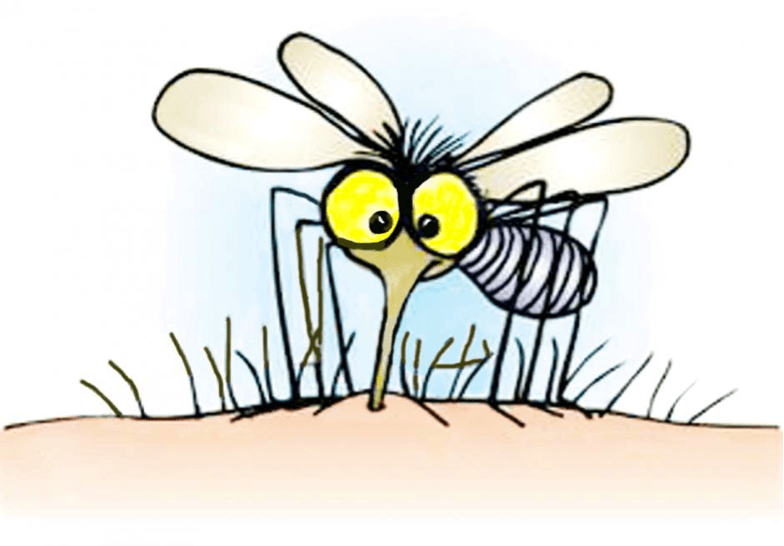Summertime activities and insects go hand in hand. As the heat and humidity rise in June each year, the mosquitos, ticks, and stinging insects such as bees, wasps, and hornets come out. Protect your young child against bites and stings to ward off discomfort and, in some cases, disease.
Mosquitos
We’ve all been reading the headlines that the Zika virus is making this year. The virus is having an impact on South America and the Caribbean, and experts have not ruled out the possibility that Aedes mosquitos carrying the disease could reach Florida this summer. In addition to Zika, mosquitos carry West Nile virus and EEE. And at the very least, the itchy, bumpy welts caused by mosquito bites can be very uncomfortable. Keep mosquitos at bay by securing the screen windows and doors in your home, keeping kids away from standing water, and, if you can manage it, keeping them indoors at dusk. When you know you may come in contact with mosquitos, use an insect repellent containing up to 30% DEET. The CDC says that DEET is effective for up to 10 hours. Picaridin has been proven effective in Europe, and is another chemical repellent that retains its efficacy for up to 8 hours. Some parents are worried about using chemical repellents, and may prefer a synthetic blend of lemon and eucalyptus oils. Remember that non-chemical repellents have not been tested for effectiveness against mosquitos.
Ticks
Lyme disease is a serious disease that is carried by ticks and can cause chronic illness in humans. To avoid ticks, dress your children in long, breathable pants, socks, and shoes when they are playing in the grass or hiking where there will be leafy plants near the ground. You can spray clothing with permethrin, which keeps ticks from attaching to clothing, and use a repellent containing DEET to ward off ticks from skin. Remember to check your child’s legs and arms for ticks when she comes inside. How can you tell if a tick is a potential carrier for Lyme disease? Dog ticks and deer ticks are the most prevalent types of ticks on the east coast. Dog ticks are about the size of a pencil eraser, and do not carry Lyme disease. Deer ticks are much smaller, about 2.5mm across, and may carry the disease. If you spot a tick, remove it with tweezers, pinching it as close to your child’s skin as possible. Wipe your child’s skin with alcohol and submerge the tick in alcohol before disposing of it in a sealed plastic bag. If you think your child has been bitten by a deer tick, call your pediatrician. While the odds are that your child will be fine, some doctors like to prescribe a short course of antibiotics as a preventative measure.
Stinging Insects
Stinging insects do not carry disease and tend not to be bothersome to humans. In fact, honeybees are helpful insects which pollinate our plants and are focused more on their daily work and less on stinging your child! However, it’s still wise to educate your child about stinging insects to prevent stings. Wasps and hornets can be more aggressive than bees, and all three should be left in peace as they go about their business. Caution children not to swat at stinging insects. And make you’re your child knows what a hive looks like, so that he can stay away from it, and alert you to its presence if he sees one. Professional pest removal experts can remove hives from your property. At the very least, you don’t want your child to experience the tears and shock that come with an insect sting, and you certainly don’t want to risk a severe reaction as a result of multiple stings or an allergy.
Have fun this summer! Cookouts, days at the lake, or long family hikes are all ways to bond with your family and stay active. But remember to take proper cautions during outdoor activities, for a bite- and sting-free summer.

